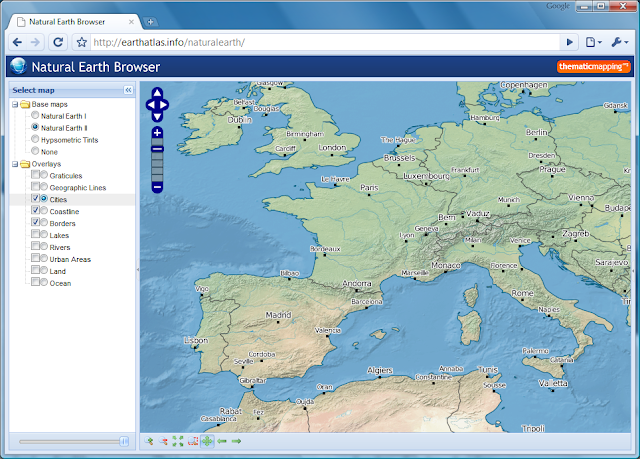After almost 9 years at the United Nations Association of Norway (UNA Norway), it was time to seek new challenges. On monday I'll start working for the Norwegian Broadcasting Corporation (NRK). I'll miss my great colleagues and UNA-Norway - and my baby, Globalis.
Globalis is now 7 years old. She speaks 5 languages fluently; Norwegian, Swedish, Danish, Finnish and Icelandic. She is very busy teaching thousands of visitors every day about our diverse, unfair and exciting world - by visual means:
Globalis, a lot of clever people have taken part in your upbringing, and I'm sure UNA Norway will give you a long and prosperous life. You're mission in life couldn't be more important!
Please follow Globalis on Facebook!
-----
A vital part of Globalis is the world map collection. So far it contains 40 maps on environment and human impact. The map data was researched, collected and prepared in cooperation with Nordpil and Grid-Arendal.
Globalis is now 7 years old. She speaks 5 languages fluently; Norwegian, Swedish, Danish, Finnish and Icelandic. She is very busy teaching thousands of visitors every day about our diverse, unfair and exciting world - by visual means:
Globalis, a lot of clever people have taken part in your upbringing, and I'm sure UNA Norway will give you a long and prosperous life. You're mission in life couldn't be more important!
Please follow Globalis on Facebook!
-----
A vital part of Globalis is the world map collection. So far it contains 40 maps on environment and human impact. The map data was researched, collected and prepared in cooperation with Nordpil and Grid-Arendal.





